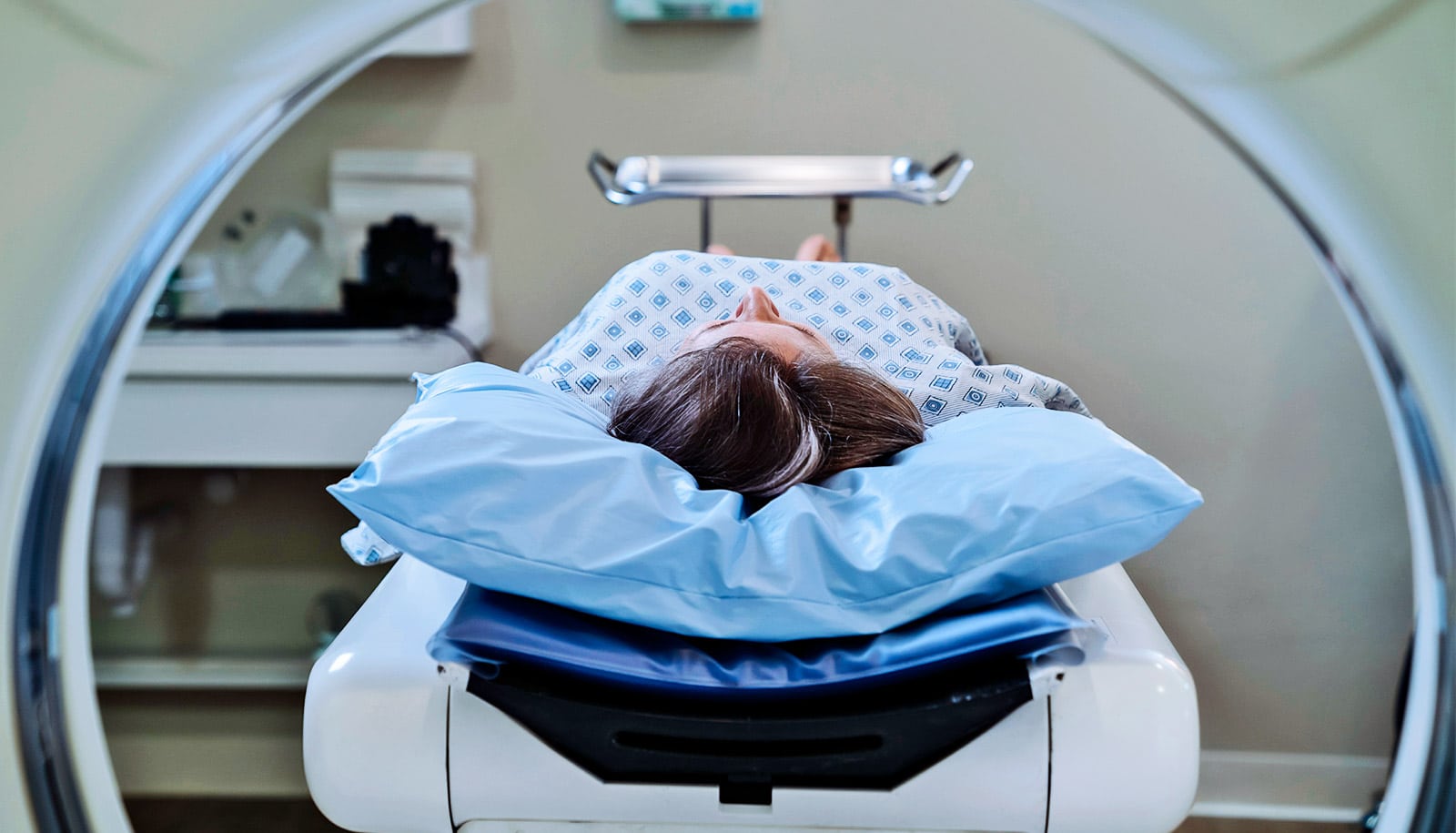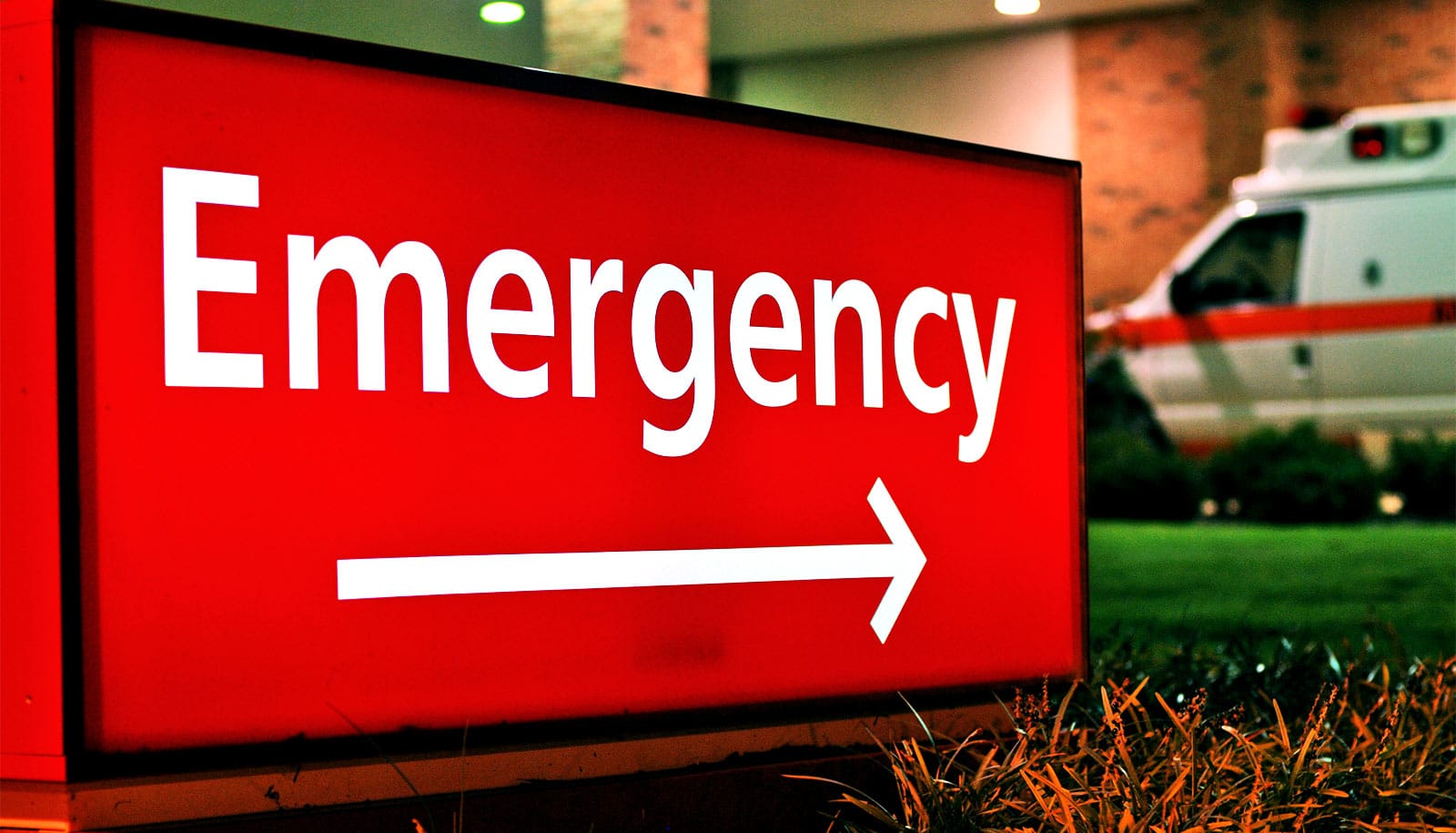A shortage of iodinated media contrast dye last year affected the assessment of stroke patients at hospitals across the country, a new study shows.
Injecting or drinking the media contrast helps doctors see blood vessels and organs more clearly in an X-ray or a computed tomography (CT) scan.
Two specialized CT scans, CT angiographs (CTA) and CT perfusion (CTP), use the dye to check blood flow and the health of blood vessels.
The number of CTA and CTP scans across the country decreased during the shortage, which lasted from mid-April to early June of 2022. CTA scans decreased by around 10%, and CTP scans decreased by 26%.
“The reduction was smaller than expected because there are other manufacturers of contrast media in the United States,” says Adnan Qureshi, a neurologist at the University of Missouri School of Medicine.
“The reduction in CTPs was much greater and can be explained by how neurointerventionalists and stroke physicians use these tests. A CTA is important to identify if there is any blockage in the brain blood vessels that can be treated by clot removal. CTPs help identify whether there is salvageable brain tissue.”
The shortage occurred after a COVID-19 outbreak forced a General Electric production facility in Shanghai, China to lockdown. As a result, GE Healthcare announced they would ration orders of the dye to medical facilities. While there were other suppliers worldwide, none could compensate for the drop in supply.
These findings highlight the need to reduce the reliance on radiographic media contrast imaging without compromising patient outcomes, Qureshi says. Some suggested methods include doing more magnetic resonance imaging (MRI) scans and reducing the amount of dye used per patient.
“Another aspect that needs to be considered is whether comprehensive stroke centers should be prioritized during a contrast media shortage, since they are seeing a larger number of stroke patients and are also selecting patients for clot removal treatments,” Qureshi says.
For the study, published in the American Journal of Neuroradiology, the researchers analyzed data of more than 70,000 patients associated with Viz.ai, a commercial neuroimaging database. The data was anonymized and compliant with HIPAA guidelines and did not compromise any patient health information.
Abdullah Lodhi, a research fellow at the University of Missouri, is a coauthor of the study. Additional coauthors are from the University of Texas Rio Grande Valley and Viz.ai. Qureshi and Lodhi report no conflicts of interest.
Source: University of Missouri


